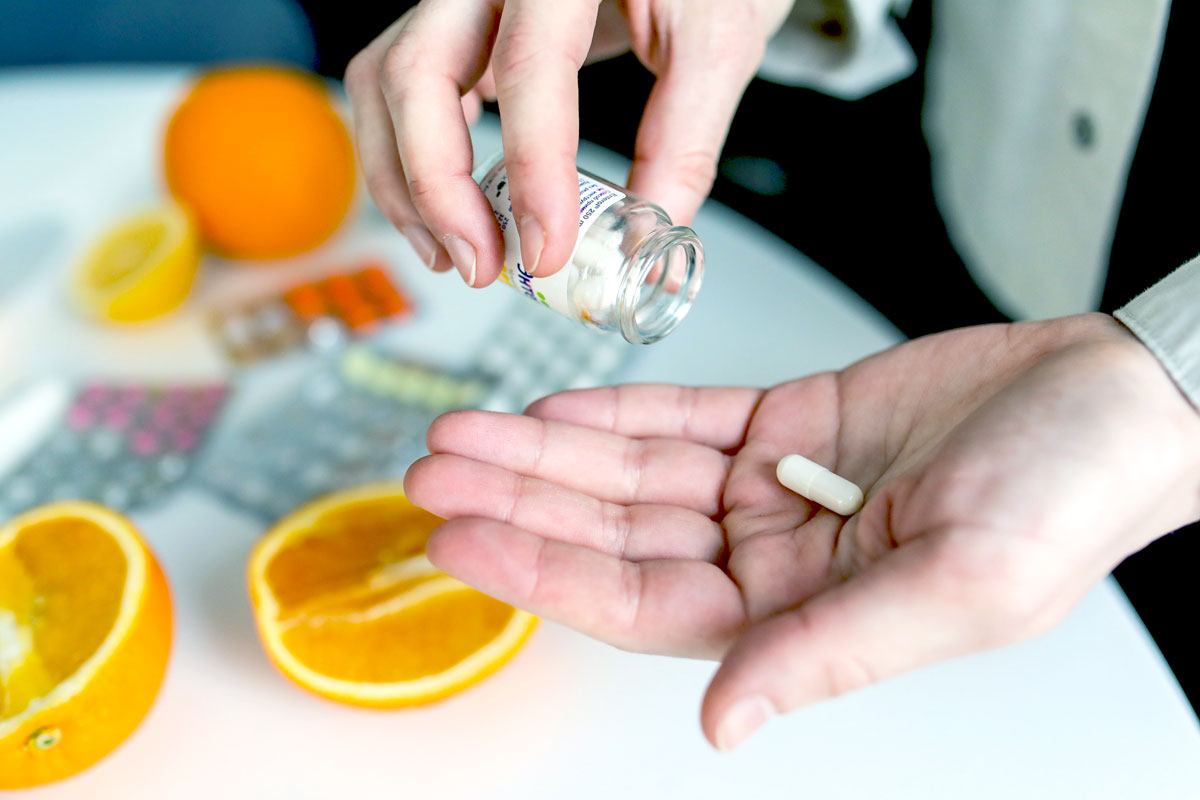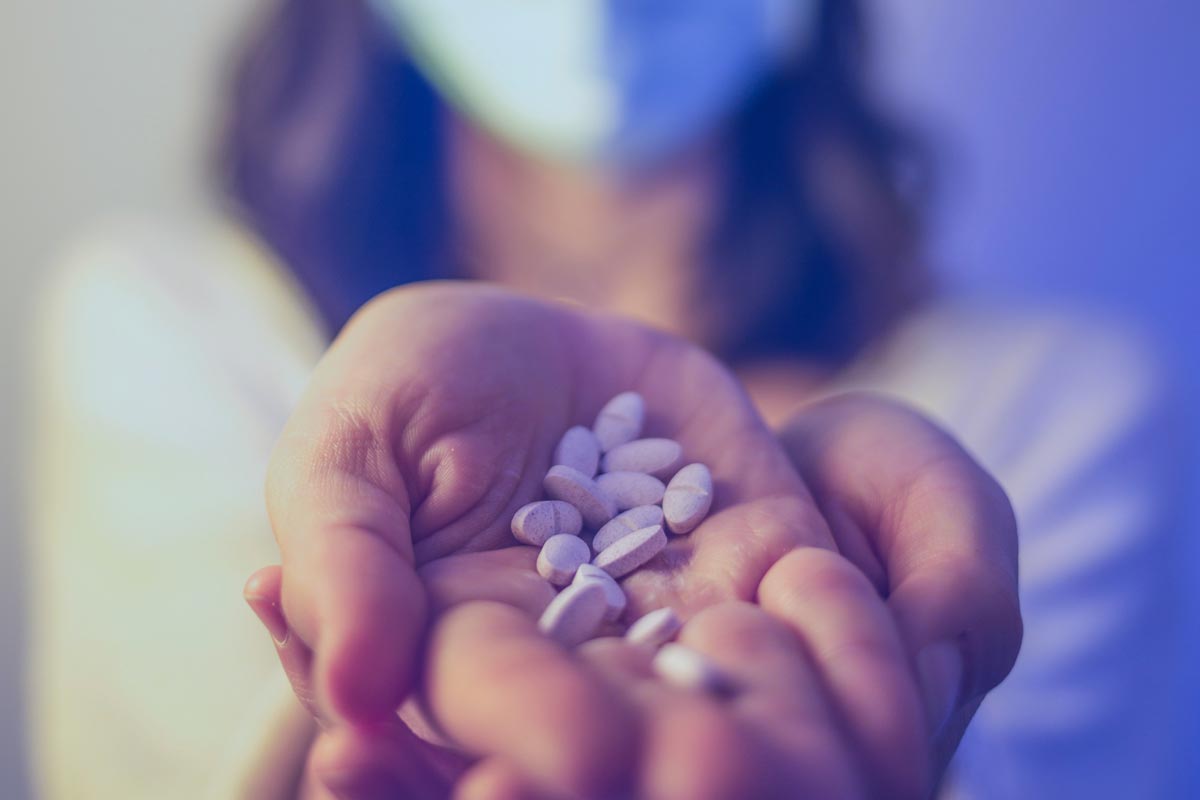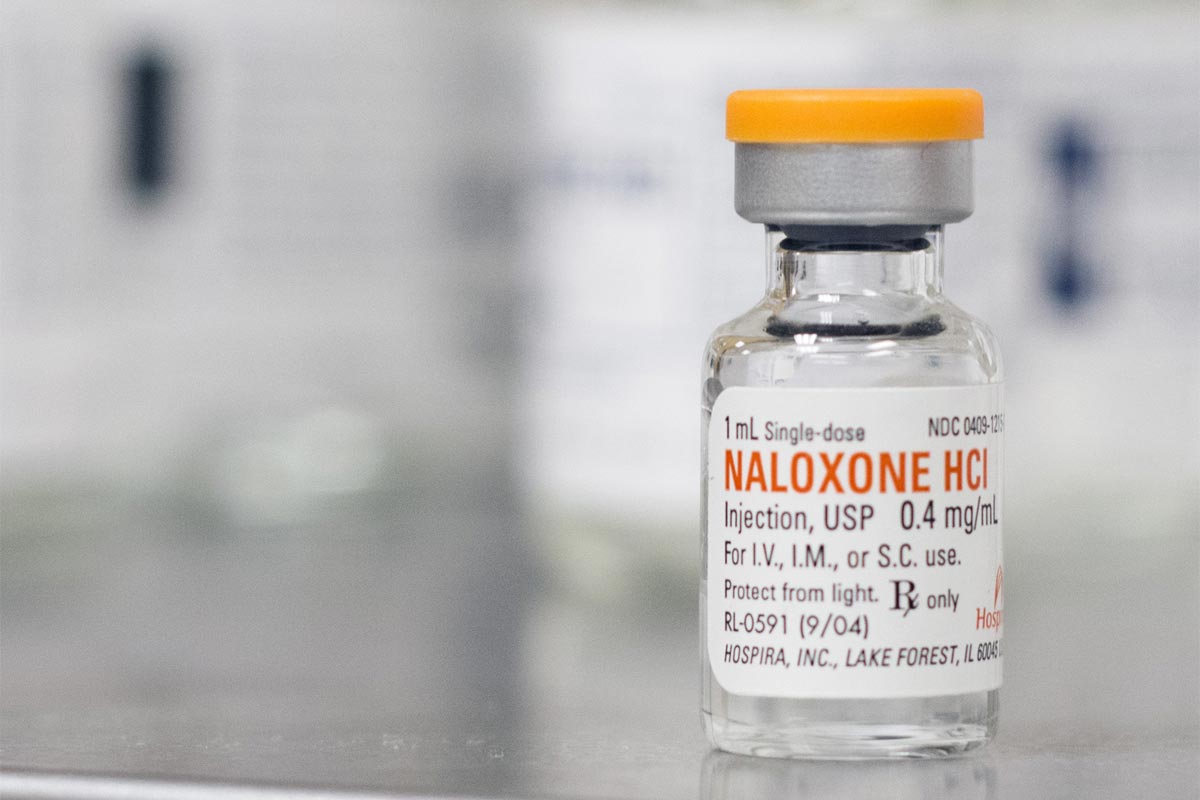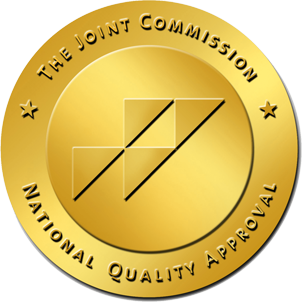Celebrity Drug Deaths in 2022 In 2022, five well-known celebrities died of drug-related causes, most of which were fentanyl …
What Are the Most Addictive Prescription Medications?
As long as you use the prescription medication as directed, you shouldn’t have problems with the drug. However, it’s important to …
Continue Reading about What Are the Most Addictive Prescription Medications?
How Long Does It Take to Get Addicted to Pain Pills?
How Long Does It Take to Develop Addiction? For most people, addiction takes two weeks or more. However, the actual risks of …
Continue Reading about How Long Does It Take to Get Addicted to Pain Pills?
What is Naloxone (Narcan)?
The CDC and the World Health Organization recommend Naloxone as first line treatment, marking it among the safest and most …










